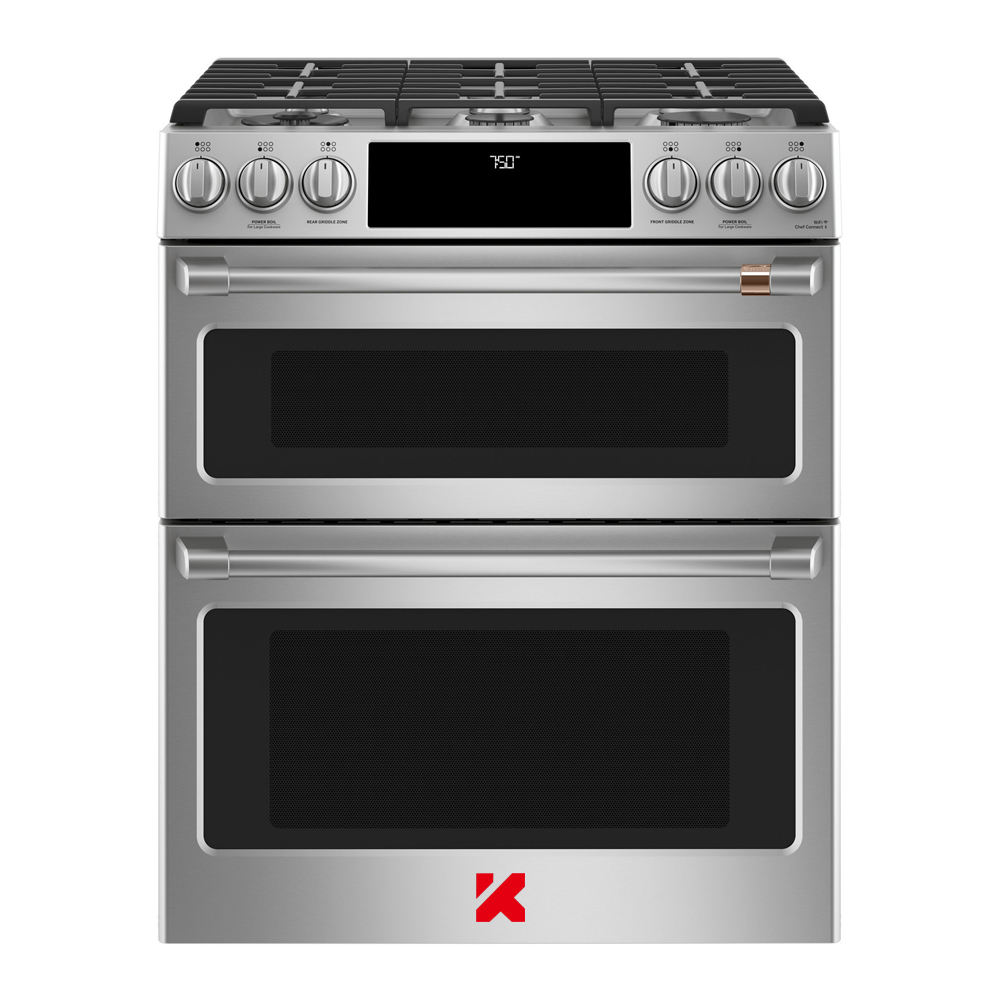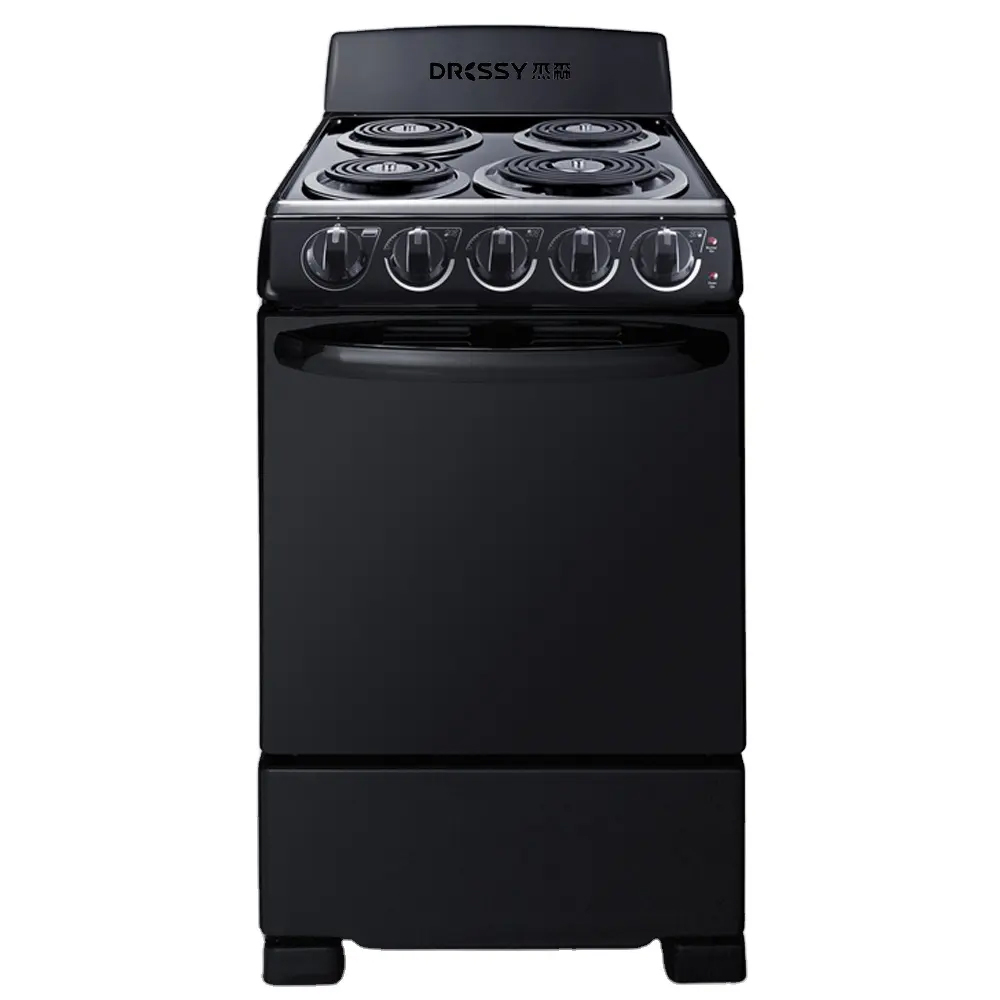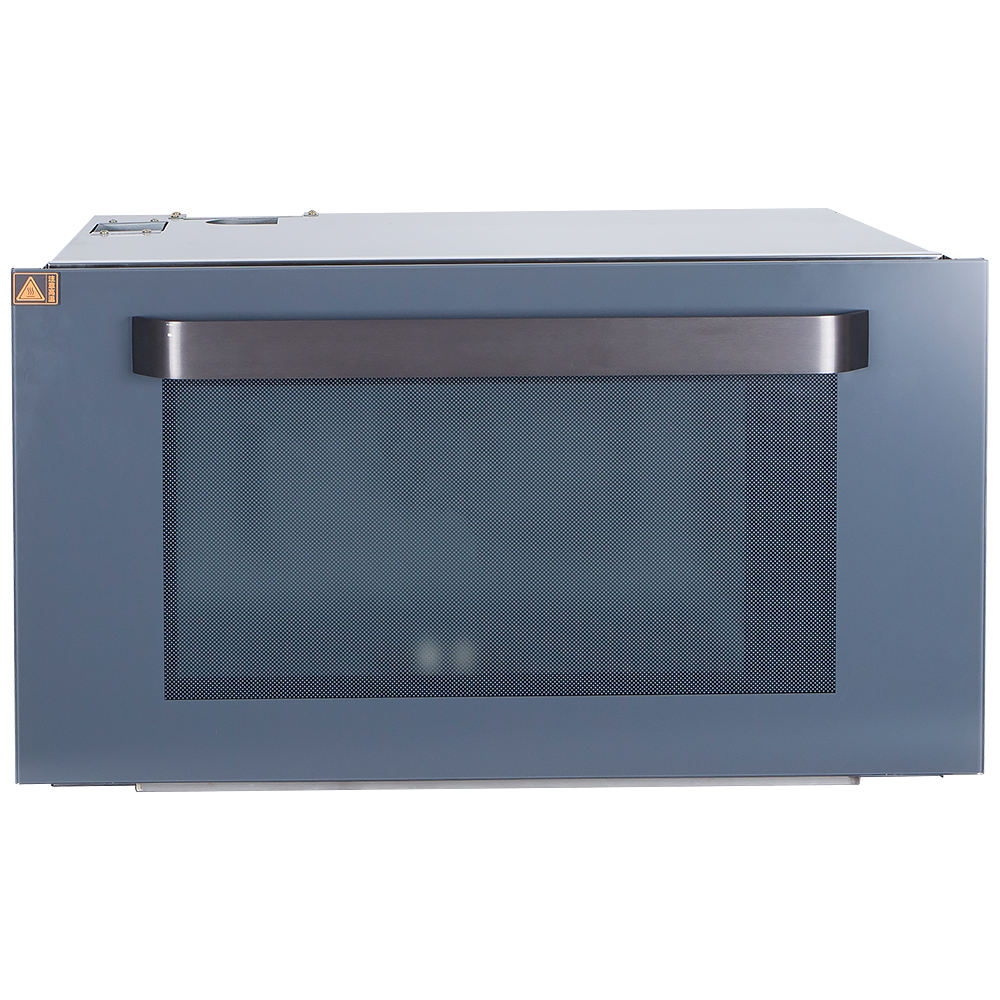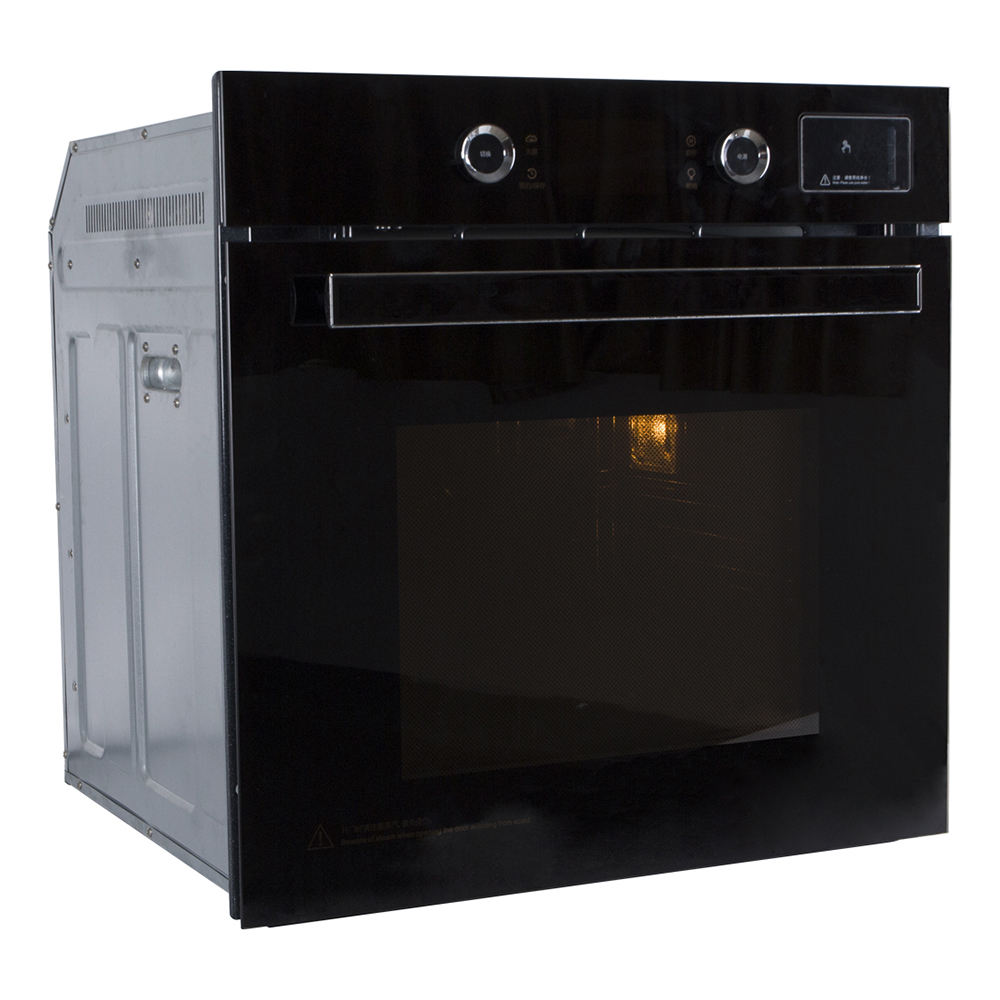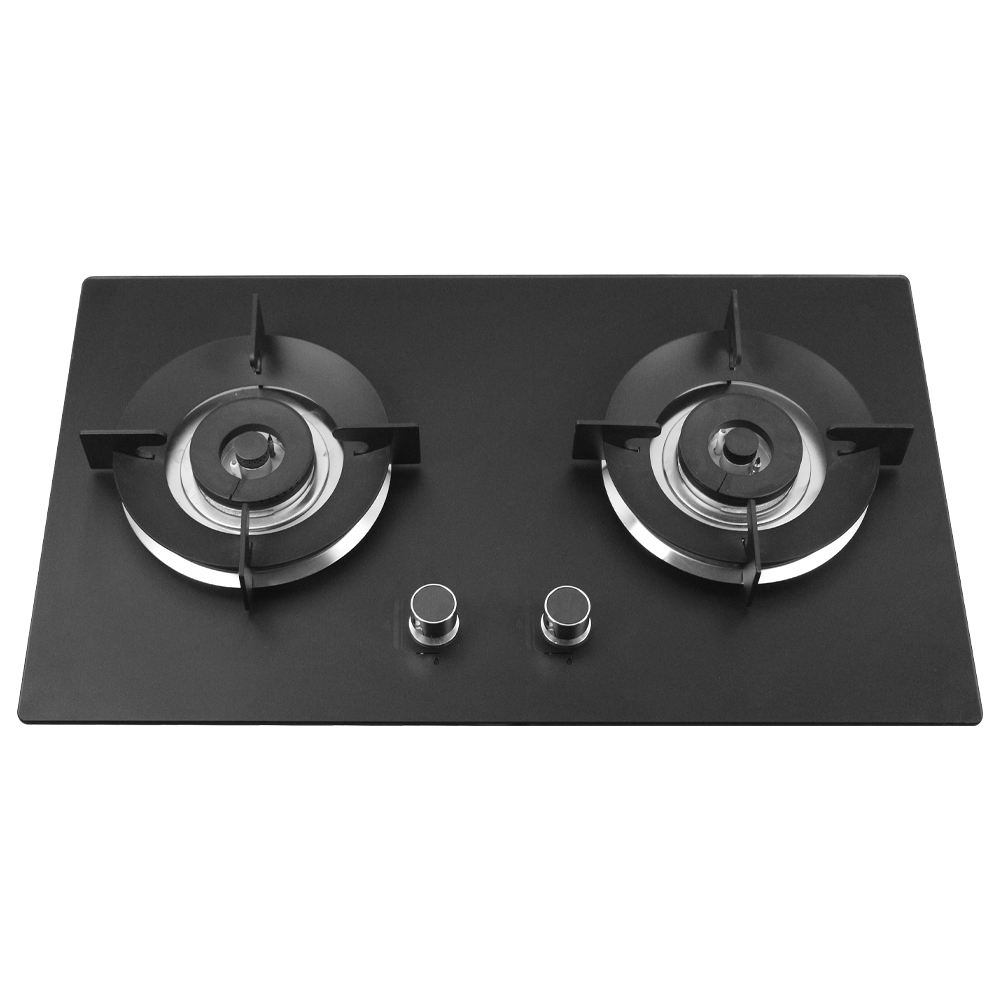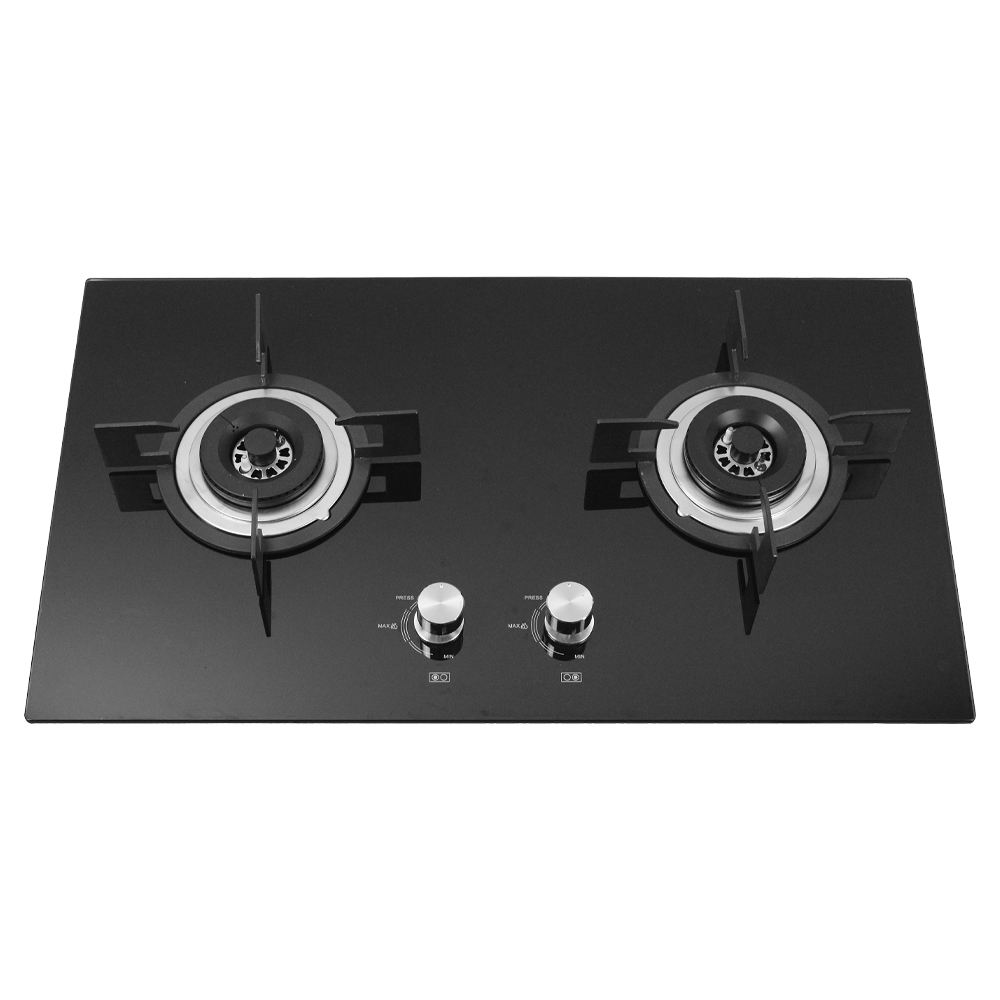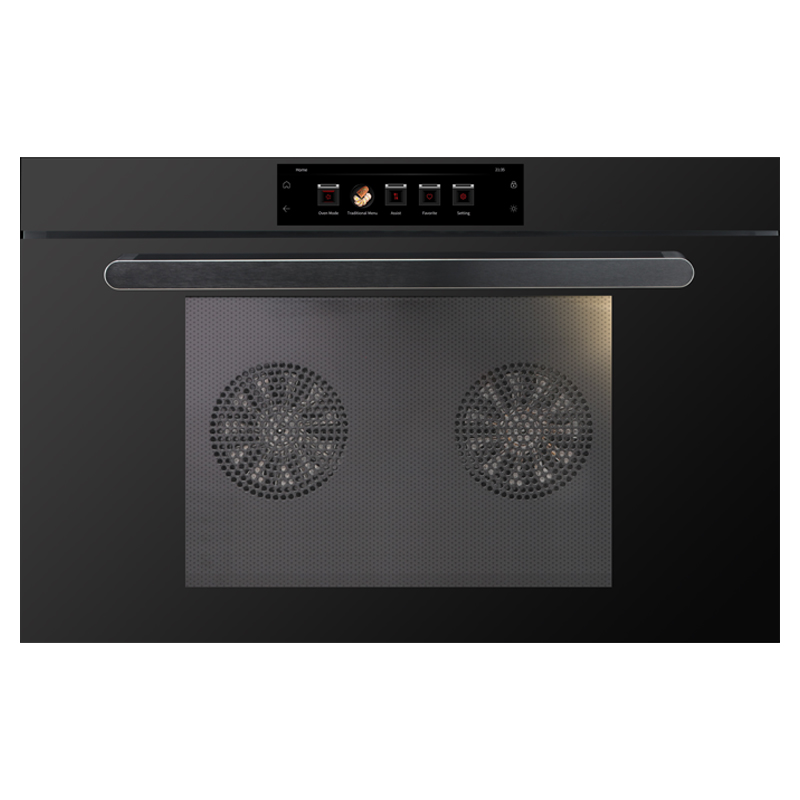Integrating an electric wall oven into your kitchen design elevates both aesthetics and functionality. Unlike freestanding ranges, wall ovens offer ergonomic benefits, potentially greater capacity, and a sleek, built-in look. Choosing the right one, however, requires careful consideration of several technical and practical factors.
1. Size, Capacity, and Configuration:
- Cutout Dimensions: This is paramount. Precisely measure the height, width, and depth of your existing cabinet cutout or the space allocated for a new one. Wall ovens require specific clearances for ventilation and safety; consult installation manuals for exact requirements before purchase.
- Oven Capacity: Measured in cubic feet (cu. ft.), capacity ranges typically from 2.7 cu. ft. (compact) to over 5.0 cu. ft. (large). Consider your typical cooking needs:
- Small (2.7 - 3.4 cu. ft.): Suitable for 1-2 people or smaller households.
- Standard (4.0 - 5.0 cu. ft.): Accommodates most families and larger dishes like turkeys or sheet pans.
- Extra Large (5.0+ cu. ft.): Ideal for frequent entertaining or baking large quantities.
- Single vs. Double Oven: Double ovens feature two separate cavities (often one standard and one smaller), providing flexibility to cook at different temperatures simultaneously. Ideal for multi-dish meals or holiday cooking. Ensure adequate vertical space.
2. Heating Technology & Performance:
- Conventional (Thermal Bake): Uses heating elements at the top and bottom for even cooking. Reliable and sufficient for most tasks.
- Convection (Fan Assisted): Incorporates a fan to circulate hot air, promoting faster cooking times (often 25-30% faster), more even browning, and potentially better energy efficiency. Crucial for serious bakers and roasters.
- Standard Convection: Fan circulates air heated by rear/bottom elements.
- True/European Convection: Adds a third heating element around the fan, offering superior temperature precision and airflow.
- Broil Element: Power and placement (typically top or dual-top) affect searing and browning performance.
3. Controls & User Interface:
- Type: Choose between knobs, touchpads, or capacitive touchscreens. Consider ease of use, cleaning, and aesthetics. Tactile knobs are often preferred with messy hands.
- Display: Clear backlit displays are essential. Look for intuitive interfaces showing time, temperature, active modes, and timers.
- Programming: Features like delay start, timer functions, and programmable cooking modes add convenience. Wi-Fi connectivity (common in higher-end models) allows remote monitoring and control via smartphone apps.
4. Cooking Features & Functions:
- Core Modes: Ensure standard Bake, Broil, and Convection Bake modes are present.
- Specialty Modes: Many ovens offer additional presets like:
- Convection Roast: Optimized for meats.
- Proof: Maintains low temperature for dough rising.
- Warm/Keep Warm: Holds food at serving temperature.
- Dehydrate: For drying fruits, herbs, or jerky.
- Self-Clean: Pyrolytic (high-heat incineration) or steam-clean options. Pyrolytic requires robust insulation but is highly effective.
- Steam Functionality: Some models incorporate steam injection for baking (improved crusts, rise) or steam-only modes for healthier cooking and reheating. Requires a water reservoir connection.
5. Construction, Safety, & Ventilation:
- Interior: Look for durable, easy-to-clean materials like porcelain enamel or stainless steel. Stainless steel racks should glide smoothly.
- Insulation: Quality insulation ensures exterior surfaces remain cool to the touch during operation and improves energy efficiency.
- Door: Double or triple-pane glass enhances insulation and safety. Check the cool-touch rating. Hinges should be robust.
- Safety Features: Automatic shut-off, door locks during self-clean, and child safety locks are standard essentials.
- Ventilation: Adequate ventilation around the unit is non-negotiable for safety and performance. Follow manufacturer clearance specifications meticulously.
6. Installation & Professionalism:
- Electrical Requirements: Electric wall ovens typically require a dedicated 240-volt circuit. Verify the amperage requirement (often 30-50 amps) matches your home's electrical capacity. Professional installation by a qualified electrician and carpenter is highly recommended and often required for warranty validation.
- Trim Kits: Match the oven's trim kit (the surrounding frame) to your cabinetry finish for a seamless built-in appearance. Ensure compatibility.
7. Energy Efficiency & Longevity:
- ENERGY STAR®: Look for models bearing the ENERGY STAR label, indicating they meet strict energy efficiency guidelines set by the EPA, potentially saving on operating costs.
- Build Quality: Denser insulation, robust hinges, quality materials, and solid construction contribute to durability and long-term performance. Researching user reviews on reliability can be insightful.
Purchasing an electric wall oven is a significant investment in your kitchen. Prioritize features based on your cooking habits, frequency, and household size. Carefully evaluate the installation requirements and budget for professional help. By methodically considering capacity, heating technology, controls, features, safety, and installation logistics, you can confidently select an electric wall oven that delivers reliable performance and enhances your culinary experience for years to come. Remember to measure twice and consult installation manuals before committing to your final choice.



 中文简体
中文简体 Español
Español عربى
عربى